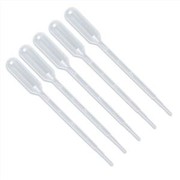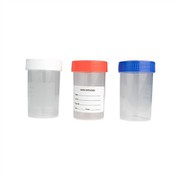What Is The Difference Between Culture Medium And Petri Dish
Dec 17, 2021
A petri dish is a commonly used laboratory utensil, mainly used for microorganism or cell culture. It is composed of a flat disc-shaped bottom and a cover, and is generally made of plastic or glass. The materials of petri dishes are basically divided into two types: plastic and glass. Glass petri dishes can be used for plant material, microbial culture, and can also be used for adherent culture of animal cells. Plastic petri dishes may be made of polyethylene materials. They are divided into disposable and multiple-use ones. They are suitable for the operations of scribing, inoculating and separating bacteria in the laboratory, and suitable for the cultivation of plant materials.
Culture medium refers to a nutrient substrate prepared by a combination of different nutrients for the growth and reproduction of microorganisms, plants or animals (or tissues). Generally, they contain carbohydrates, nitrogenous substances, inorganic salts (including trace elements), vitamins and water. The culture medium is not only the basic material that provides cell nutrition and promotes cell proliferation, but also the living environment for cell growth and reproduction.
 Disposable Plastic 2ml Individual Packing EO Sterile...
Disposable Plastic 2ml Individual Packing EO Sterile... Sterile Plastic Urine Container Urine Cup 30ml 40ml ...
Sterile Plastic Urine Container Urine Cup 30ml 40ml ... Biological Clear Prepared Plain Microscope Glass Sli...
Biological Clear Prepared Plain Microscope Glass Sli... High Quality Disposable Non Woven Medical Strip Roun...
High Quality Disposable Non Woven Medical Strip Roun... Transparent Polypropylene Micro Centrifuge DNase And...
Transparent Polypropylene Micro Centrifuge DNase And... Medical Consumables Rapid Test Transparent Vial 3ml ...
Medical Consumables Rapid Test Transparent Vial 3ml ...

